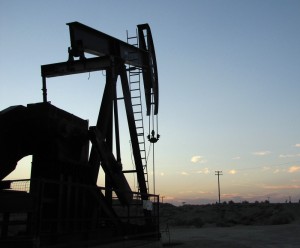The legislator behind the last major hydraulic fracturing bill left standing in Sacramento says she’s preparing to broaden the measure.

Senator Fran Pavley’s bill, SB 4, passed the Senate last month on a 28-11 vote. It’s now in front of the Assembly. The legislation would set standards for how California regulates oil drilling and what sort of information drillers would be required to make public. The Department of Conservation’s Division of Oil, Gas and Geothermal Resources is working on its own regulations governing fracking, but Pavley has criticized the department for moving too slowly.
Pavley says she’s now preparing to rewrite the measure so that it covers other aspects of shale drilling – not just the fracking process that makes up just one stage of the oil extraction process. “We’ll amend it to broaden the well-stimulation processes,” she said, “with the bottom line being protecting the public health and safety, and not guessing which technology [to cover.] That’s perhaps not the point – it’s more so to have the transparency and disclosure in all our regulatory agencies.”
Another change removes language that would have imposed a moratorium on the permitting of fracking if a safety study wasn’t completed by 2015.
Pavley backed away from the moratorium language during last month’s Senate debate on the measure. Her latest comments came Tuesday afternoon, during a legislative hearing focused on the technical aspects of drilling. Experts walked lawmakers through the role acid can play in the shale drilling process.